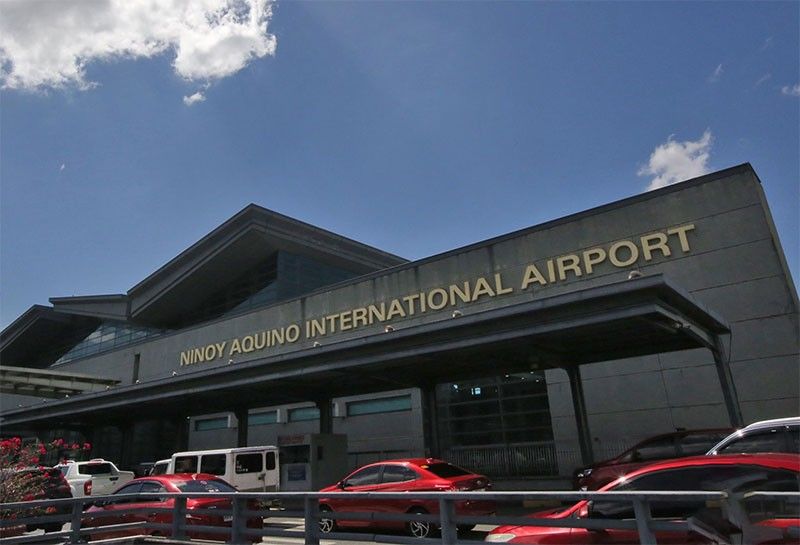Special report: What to expect under a new NAIA

Better service, higher costs?
MANILA, Philippines — They say a journey of a thousand miles begins with a single step. What is this single step then when the task is to rehabilitate a 76-year-old airport known to many as one of the world’s worst gateways?
The Ninoy Aquino International Airport (NAIA) over the weekend was turned over to the care of the New NAIA Infrastructure Corp. (NNIC), tasked to do the P170.6-billion, 15-year upgrade of the gateway.
Travelers can expect a handful of changes in the next 12 months, most of which could improve the way they fly, some of which could make trips costlier.
Within half a year, NNIC, led by San Miguel Corp. (SMC), promises to introduce quick fixes to the airport. The concessionaire plans to renovate the comfort rooms and secure the water supply, purchase additional seats for the terminals and install new cooling systems.
Broadband analyst Ookla also listed NAIA as one of the worst gateways in Southeast Asia to go online, as it averaged an internet speed of just 17.9 Mbps in the first quarter. In turn, NNIC wants to set up better connectivity across the terminals, understanding how important the internet is for passengers who may have to pull up documents for their travel.
Infrawatch PH convenor Terry Ridon hopes NNIC can prioritize the repair of mobility facilities like elevators, escalators and walkalators for the convenience of travelers.
The NNIC, for its part, aims to do just that but on a larger scale, committing to also improve ease of access by bringing in additional transport options.
Within the fifth year, NNIC should have completed some of its larger programs in rehabilitating the airport, such as increasing the passenger capacity and putting up a new terminal.
One of the main objectives of the private turnover is to expand NAIA’s capacity to 62 million per annum, from 35 million currently. The concessionaire is confident that it can reach this milestone by removing the remains of the Philippine Village Hotel near Terminal 2 and constructing a new terminal on the property that would be vacated.
On top of this, the concession requires propelling the aircraft movement in NAIA to 48 per hour, from 40 right now. For this, NNIC is looking at a possible terminal reassignment for airlines to improve runway efficiency and minimize flight interruptions.
For this relocation, local carriers Philippine Airlines, Cebu Pacific and AirAsia Philippines hope that NNIC would hold consultations with stakeholders before implementing it to gather insights on how it could affect passengers.
However, travelers will also carry some of the weight in pushing NAIA forward, as they will be required to pay higher fees starting next year.
In September 2025, on the first anniversary of the private handover, passenger services charges will go up by 72 percent to P950, from P550, for international flights and by 95 percent to P390, from P200, for domestic departures.
The Air Carriers Association of the Philippines, made up of 36 airlines, also reminded travelers that flying costs may increase once NNIC jacks up the service charges in NAIA. Airlines take the first hit in the price adjustments given that their takeoff rates would balloon.
As instructed, NAIA is imposing takeoff rates between $794 and $1,794 in the initial year of the concession for international flights. For domestic, the amount ranges from P14,417 to P34,617.
Advocacy groups, such as AirportWatch.PH and Bantay Konsyumer, Kalsada, Kuryente, oppose the rate hikes in NAIA, saying that NNIC should implement the reforms first.
Aside from this, AirportWatch.PH has questioned if SMC, the lead party, can deliver the rehabilitation on time given its history of delays in big-ticket projects, such as the P735.63 billion New Manila International Airport and the P125.04 billion Metro Rail Transit Line 7.
Regarding this, SMC chairman and CEO Ramon Ang explained in a recent forum that the delays are due to external factors such as problems with supply of sand in the case of the Bulacan Airport.
Whether NNIC identified the right steps in rebuilding NAIA remains to be seen, but one thing is for sure: the rehabilitation is a go. Only time will tell how it will turn out.
- Latest
- Trending





























